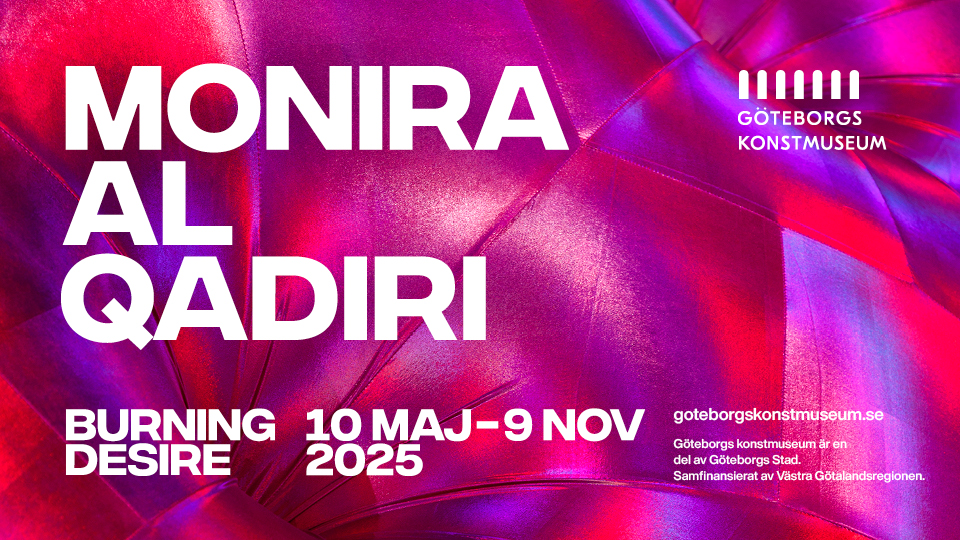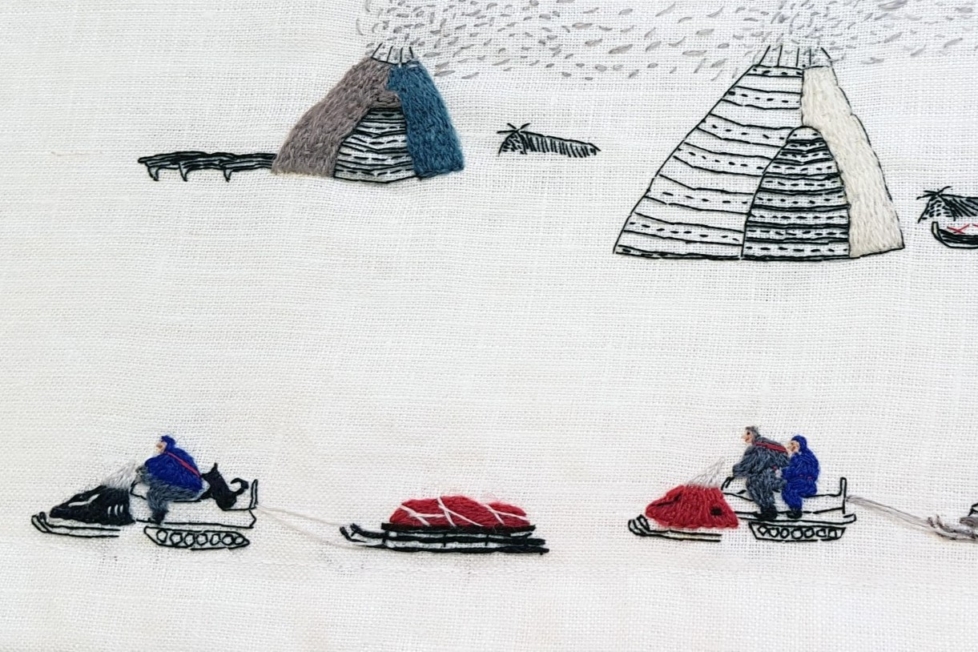
Till helgen öppnar den belgiska konstnären Sven Augustijnens utställning Spectres på Malmö Konsthall. Utställningen sker parallellt med Alfredo Jaars omdiskuterade The Sound of Silence och Dave Hullfish Baileys Broken Country, inom ramen för vad konsthallen kallar Fotografi i fokus. Kunstkritikk har talat med Sven Augustijnen om hans senaste fullängdsdokumentär Spectres (2011): en film som behandlar den forna kolonialmakten Belgiens roll i det politiska rävspel som ledde till att det självständiga Kongos första folkvalda premiärminister Patrice Lumumba mördades 1961.
Intervjun följer på originalspråk.
The title Spectres seems to invoke a past that comes back: something like a ghostly return?
Yes indeed. In French, one of the words that corresponds with “spectre” is “revenant”, something that keeps on returning, in different or altered appearances. In the case of my film it concerns a sequence of events related to the decolonization process in Congo: the hasty decision to decolonize, the transfer of power, the subsequent conflicts leading up to the imprisonment and execution of Patrice Lumumba on 17 January 1961, and how this continues to haunt Belgium fifty years after the events.

What you do in your film, essentially, is to follow a particular character closely. This character is one Jacques Brassinne de La Buissière who, as a part of the Belgian administration in Congo, both worked closely to these events when they took place, and decades later also became the chronicler and historian of the very same events.
To be exact, Brassinne was the secretary – in 1959 and the beginning of 1960 – of the Minister who prepared the forthcoming independence of the colony. He then arrived two days before the celebrations of independence on 30 June 1960, and stayed as one of the last persons in the Belgian embassy in Leopoldville. Later on he joined the Katanga Free State, where he was working on 17 January 1961. In an interview I made with him, which is printed in the publication that goes along with the film, he says that he started his research on 18 January 1961, i.e. the day after the murder. In 1988 he managed to locate the place of execution as part of his doctoral research, and one of our motives was to go there again, twenty years later, and film this location.
Appearantly the issue of the Belgian involvement in the murder of Lumumba has been the object of recurring investigations?
The fact is that Brassinne’s dissertation from 1991 was contested by another writer called Ludo De Witte in 1999. This publication caused a parliamentary investigation commission in Belgium, which presented its result in 2001. Now, ten years later, Belgian justice has decided to open a court case on the murder after a complaint of the sons of Lumumba, since there is no limited period of prescription regarding war crimes.
The sound track is exclusively made up by Bach. How come such choice of European, pious music?

It was a conceptual choice. I used it as a way to refer to the telex of 14 January 1961 sent by Colonel Marlière from Leopoldville, in which he requested authorization to transfer Lumumba to Elizabethville: ”Demande accord du Juif pour recevoir Satan” (Request the Jew’s approval to receive Satan). Tshombe was the Jew — the traitor, the man with the money — and Lumumba was Satan — vilified as a communist. The structure of the narratives of the assassin and the person to be eliminated, as well as the person who orchestrates everything and the one who washes his hands in innocence is contained in that one sentence and connects to the St John Passion of J.S. Bach.
The film is shot in a handheld and sort of direct fashion. Did you shoot everything yourself?
Yes, I did the camera. It was shot in a period of half a year: June 2009 until December 2009. I did shoot more material in 2010 but finally didn’t use it. I edited the film in 2010 and finished it in Spring 2011.
Is this the way you usually work, also in other projects? A lot of research I imagine, long periods of filming and gathering of material?

The research of my projects takes time, but within the process of research I usually work on other projects. In the case of Spectres, for example, I realized a publication and a series of photographs called Les Demoiselles de Bruxelles, linking the spectres of Leopold II and Karl Marx to the African prostitution district around the Avenue Louise in Brussels. I was interested in the coincidence that Marx and Friedrich Engels wrote The Communist Manifesto together in Brussels, in a side street of the Avenue Louise, named after the first Queen of Belgium Marie-Louise of Orléans, whose family, along with young Leopold’s family, was traumatized by the revolution of 1848 which coincided with the publication of The Communist Manifesto.
The documentary film is only a part of the Spectres project, if I have understood it correctly. What else do you present, and what role does that play?
All the material that we see in the exhibition comes from the archive of Jacques Brassinne. It contains photographs he made of the execution site as he found it in 1988, some of his publications, historical sound fragments and objects, such as the flag of the Free State of Katanga, a present given to Brassinne from Moïse Tshombe, the president of Katanga. There is an additional project, Cher Pourquoi Pas? in A Prior # 14, which I also made during the process of research of the film. It is about the mysterious death of Moïse Tshombe in Algiers in 1969 and the involvement of the Belgian journalist Pierre Davister in this. For the show in Malmö I also included some material on Dag Hammarskjöld, Secretary General of the United Nations who died under mysterious circumstances in September 1961 in Northern-Rhodesia on the boarder of Katanga.
In your film, there is this scene on the site of the execution of Lumumba, where Brassinne goes through the facts. After having named the ministers who ordered the execution and who were present, Brassinne states that the prisoners where put against a tree and shot dead with a large number of bullets, exactly 14 meters from the road and 8 meters from a termite hill. And when he states these distances with such certainty and exactitude, it is as if you start to doubt his ability to grasp the larger truth of the events as something that precise.

As chief cabinet of the Ministry of Defense in the 1980s, Brassinne had access to all the officers that had participated in the execution. He made drawings of the location during the different testimonies, and in 1988, on the basis of these drawings, he found the place of execution, the tree against which Lumumba, Okito and Mpolo were executed. During all these years he has been imagining the scene, but you are not the first person who has doubts on the exactitude of his statements.
Did you ever feel compromised in working so closely with someone who both has been an active operator, a Belgian official, and who later also plays the role of the historian?
The practice of an artist is complex. Very often it is a combination of ideas, intuitive gestures, and coincidences that you bring into the process. From the beginning Brassinne was a character of my scenario, but what we see in the film is the final result of the combination of both our realities, interests and imaginations. One can say that the outcome is rather like the result of a process during which we tried to work out the haunted history in question. In that sense the film probably makes the rigidity of formats such as documentary or fiction crumble.
And when you try to work out such history, is it with the ambition to shed light over the spectres so that they dissolve or petrify, or is it to animate or reinvigorate them, such as was the case with that famous spectre that was said to haunt Europe in 1848?
I don’t think it is necessary to reinvigorate or animate the spectre in this case. To shed light so that they dissolve or petrify? Well, the nature of spectres is to always reappear, again and again, as I said in the beginning of the interview. Besides that, this is probably one of the differences between Spectres and the kind of documentary film where one is expected to shed light on a case. Clearly the film runs off with such an expectation, but finally we, as well as the spectator, literary get lost in the dark of the night.



















